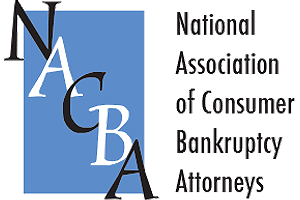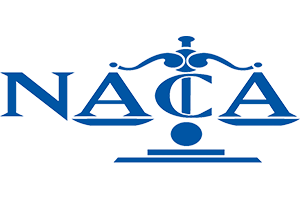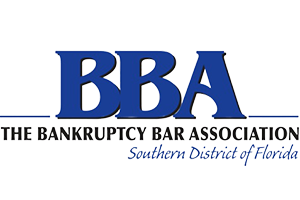What goes into a Chapter 13 payment plan?
On behalf of Bankruptcy Law Firm of Clare Casas on Wednesday, June 3, 2015.
An important distinction between a Chapter 7 and a Chapter 13 bankruptcy is the use of a payment plan under a Chapter 13. But what exactly is a payment plan? What debts does it cover? How long does it take to complete it? These are among the questions that can come up when people are deciding which form of bankruptcy will work best for their circumstances.
A multi-level hierarchy of creditors
Payment plans divide creditors into three groups, based on their priority for repayment. The first group is the priority creditors. These include but are not limited to paying tax obligations and covering the costs of the bankruptcy proceeding.
The second group consists of secured creditors. What distinguishes these kinds of debt is that the creditor has created a security interest under Florida state law that will allow it to retake possession of the property in the event of a debtor default. Unlike a liquidation bankruptcy, a Chapter 13 allows the debtor to keep possession of many secured assets (such as cars or other expensive property), but requires that these assets be included in the payment plan. One advantage of the payment plan approach is that the payment amount may only be the actual value of the item, instead of the full amount of the debt owed.
The third creditor group is the unsecured creditors. These are debts that are is not secured by a right to repossess the property. Given their last-place priority status, the repayment of unsecured creditors will depend on how much disposable income is left over after the priority and secured debts are covered. Thus, unsecured debts often sometimes not paid off in their entirety, instead the creditor will receive the same amount it could have expected to receive under a Chapter 7 petition.
The duration of a repayment plan can be up to five years. During this time, the debtor will operate under certain restrictions, including a ban on incurring new debts.
Finally, if the debtor fails to maintain repayment plan, this can result in nullification of the plan and the conversion of the Chapter 13 into a Chapter 7.
This post provides an overview of a Chapter 13 payment plan works, and is not meant to address the subject comprehensively. To learn more about Chapter 13 bankruptcy in general, and payment plans in particular, you should consult with a bankruptcy law firm.







